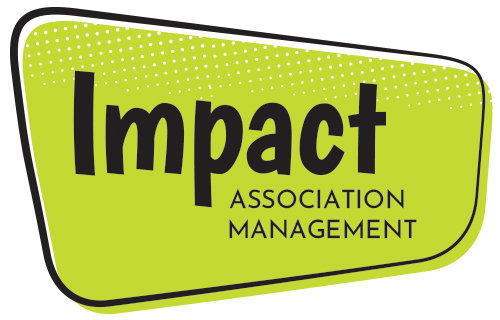Email is one of the most common ways to reach members. You might find, however, that most members are not opening or receiving their emails. This can be a huge problem when it comes to attendance at events and retaining membership. Why would a member want to stay a part of the association if they have no interaction with it? Below are a few ways that you can ensure members see your emails and actually take the time to read them.
Make an announcement. Whether it is at a meeting or on social media, make an announcement to members to check their spam folders for association emails. If they are, they can change their settings to prevent this in the future. This problem happens pretty frequently. All emails that go out are most likely mass emails which are the type that typically get flagged as spam.
Make your subject concise. In future emails, make sure that your subject line is very clear while still sparking interest. If you have an upcoming event, list your association’s name and the title of the event. This should be enough to make your members open the email.
Get to the point. Similar to the subject line, keep the body of the email simple and easy to ready. You can include a few graphics and fluff but not too much. You want to make sure members do not lose their patience before they finish reading the email.
Getting your email communication under control can improve the member experience tremendously. It keeps them up to date with the association and involved. Apply these email tips and watch your event attendance soar!





